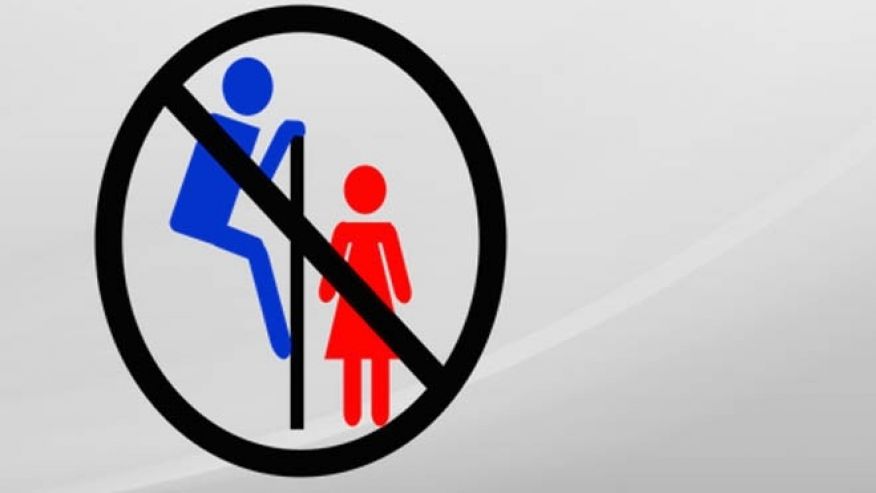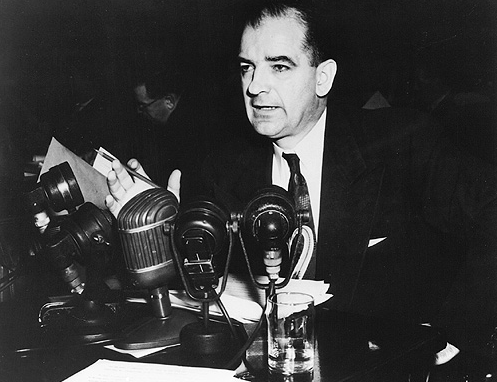Responding to a False Analogy
In an article for the Hartford Courant, “Imagine Gov. Wallace At The Bathroom Door”, columnist Frank Harris III compares the desire of many in the nation to keep public school bathrooms separated by gender, to the bathroom segregation of the civil rights movement.
Harris reminisces on his own past as a boy in the 1960’s who saw “Colored” and “White” signs outside bathroom doors as he travelled with his family from Illinois to Dixie. He recalls the late, infamous Governor Wallace and the way he enforced segregation because he viewed African-Americans as less. Harris says that discrimination exists today for those who identify as transgender in regard to their use of public bathrooms.
He writes, “Some might say it’s a big difference, the Obama administration’s order that public schools allow transgender students to use the bathroom of their choice, as compared to the laws that called for equality for folks like me during the civil rights movement. But is it really?”
I empathize with Frank Harris’s painful experiences growing up. I’ve sat with my father and listened to his stories of facing racism and discrimination growing up in Hartford, CT. I’ve shuddered while hearing my husband talk of living in Virginia and being judged because of the color of his skin. As a black woman, I know how it feels like to walk into a room and wonder if I am welcome. My cultural experiences allow me to understand the reasons Harris may view the transgender bathroom issue as he does. However, there is a crucial difference between Harris and me that influences the way I think.
I am a Black woman and I have feelings and experiences that are unique to my gender. As a woman, I am aware that my physical stature makes me more vulnerable. I used to live in Atlanta, GA and flew regularly out of Hartsfield-Jackson Atlanta International Airport. Atlanta has one of the highest rates for sex trafficking in our nation. I’ve never walked into a bathroom in Hartsfield Airport without being conscious of that reality. I always made sure the bathroom I entered wasn’t in a secluded hallway. I would feel safer when I saw other women in the restroom. As a matter of habit whether I’m going into a restroom, walking down a street, or leaving a mall parking lot, I am alert. I am not paranoid, but as a woman I’m prone to taking precautions. Just as Black men may feel they are more at risk in this world, women feel the same.
Maya Dillard Smith, former director of the Georgia ACLU chapter once referred to herself as ‘unapologetically Black’. Smith was hired to lead the GA chapter and was eager to assist the transgender community in their quest for civil rights. Then a frightening experience with her daughters in a public restroom changed everything. Smith told journalist Megan Kelly that her girls were scared when three men, all approximately six feet tall, with deep voices, entered into the bathroom. The men were dressed as women but it was obvious they were born male. When Smith’s girls looked to her for answers, she didn’t have them. The encounter caused her to see the issue from a different light, and ultimately to leave the ACLU because she could no longer advance their cause.
It’s not that Smith or I find people with Gender Dysphoria frightening. The issue is that society has placed boundaries in regards to gender and those boundaries provide an expectation of safety. A high school girl feels safe undressing in a locker room because she is surrounded by people who share her gender and anatomy. When a man enters a ladies bathroom, the sight of him alone can be a cause for concern. In the case of Smith and her daughters, just seeing men in a space reserved for women can be alarming. Women who’ve been assaulted or victimized may find it especially triggering to share bathrooms with men. Our physical anatomy and gender doesn’t make us superior to one another but it does make us different. In respecting those differences, we should continue to allow boundaries to remain in society that give us privacy and encourage our safety.

















